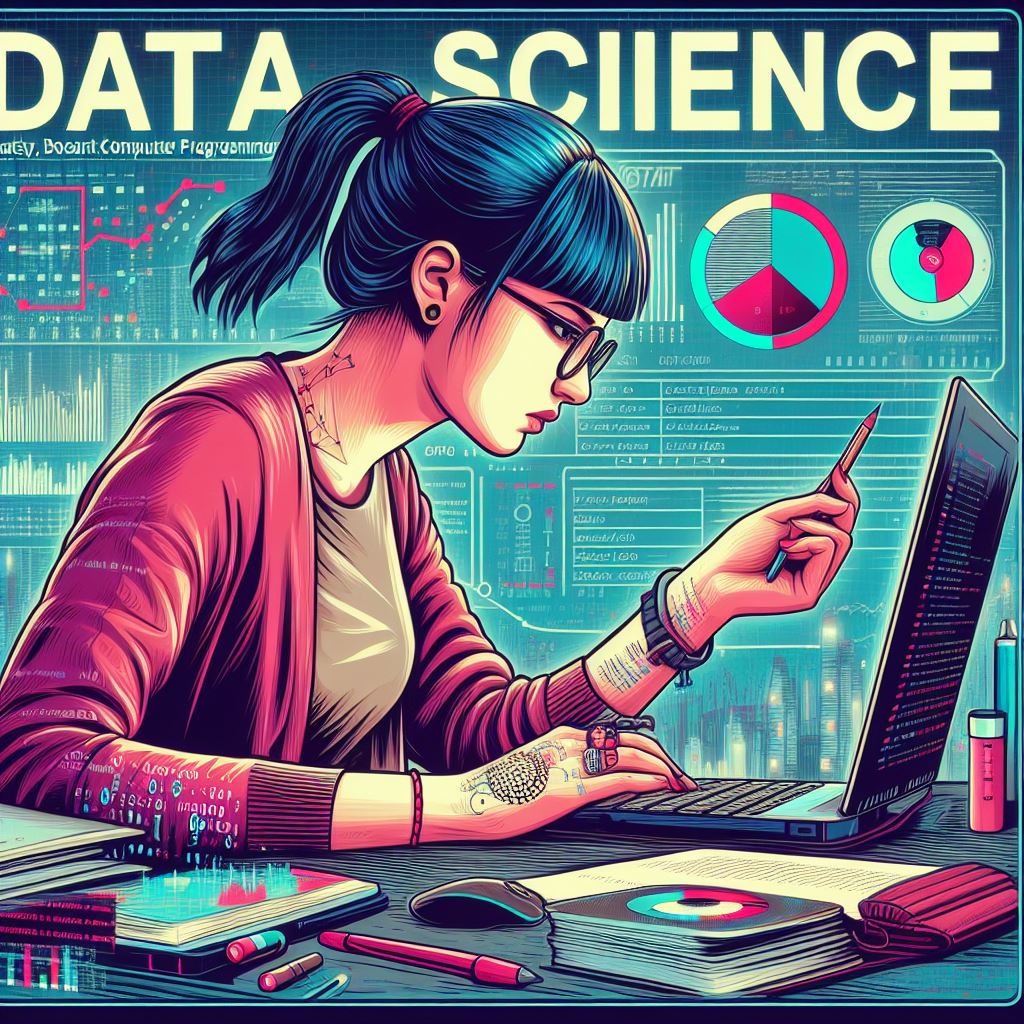In recent years, computer vision has become a cornerstone of advancements in artificial intelligence (AI). This technology allows machines to interpret and make decisions based on visual inputs, mimicking the human ability to see and understand the world around us. From facial recognition systems to autonomous vehicles, computer vision is transforming industries and shaping the future of tech. In this article, we’ll explore the fundamentals of computer vision, its applications, and the latest trends that are driving this innovative field forward.
What is Computer Vision?
At its core, computer vision is a field of AI that trains computers to interpret and understand visual data. By processing images and videos, computer vision systems extract meaningful information, which can then be used to perform specific tasks. This involves techniques such as image classification, object detection, image segmentation, and facial recognition.
Key Components of Computer Vision
To understand how computer vision works, it’s important to look at the key components that enable it to function effectively:
Image Processing: The first step in computer vision is to preprocess the image to improve quality and remove noise. Image processing techniques such as filtering, edge detection, and contrast adjustment are employed to prepare the data for analysis.
Feature Extraction: This step involves identifying important characteristics or patterns within an image, such as shapes, colors, and textures, that will help the system make sense of the visual content.
Machine Learning Algorithms: Machine learning is at the heart of computer vision. Algorithms, often powered by deep learning, are trained on large datasets to recognize patterns in images and make accurate predictions.
Object Detection and Recognition: One of the most widely recognized applications of computer vision is object detection, which involves identifying specific objects in an image or video. This is used in applications such as security cameras, retail analytics, and even autonomous driving.
Applications of Computer Vision
The possibilities for computer vision are vast, with applications across multiple industries. Let’s take a look at some of the most notable areas where this technology is being used:
Healthcare: In medical imaging, computer vision is being used to analyze scans, such as MRIs and X-rays, to assist doctors in diagnosing diseases. This technology can detect tumors, fractures, and other anomalies, often with greater accuracy than humans.
Automotive: Autonomous vehicles rely heavily on computer vision to navigate and detect objects in their surroundings. Through a combination of cameras, sensors, and deep learning models, these vehicles can detect pedestrians, other vehicles, and obstacles, ensuring safe driving.
Retail and E-commerce: Computer vision enhances the shopping experience through personalized recommendations and inventory management. Retailers use image recognition to track product performance and improve customer experiences, such as by offering virtual try-ons or recommending similar items.
Surveillance and Security: Video surveillance systems are enhanced with computer vision to detect suspicious activity, track individuals, and monitor real-time events. This is widely used in security systems for both public and private spaces.
Agriculture: Computer vision is revolutionizing agriculture by enabling precision farming. Farmers can use drones equipped with cameras to monitor crop health, detect diseases, and assess soil quality. This leads to better crop yields and reduced waste.
The Future of Computer Vision
As technology continues to advance, the potential for computer vision will only grow. New innovations, such as 3D vision and augmented reality (AR), are set to expand the applications of this technology, making it even more integrated into our daily lives. The continued development of deep learning and neural networks will allow for more accurate and efficient systems, opening up new possibilities in fields like robotics, automation, and beyond.
Conclusion
Computer vision is an exciting and rapidly evolving field that is having a profound impact on industries ranging from healthcare to automotive and security. By enabling machines to understand and interpret visual data, this technology is unlocking new capabilities and paving the way for a smarter, more efficient future. As the technology continues to improve, the opportunities for computer vision will only increase, making it one of the most important areas of development in AI today.
